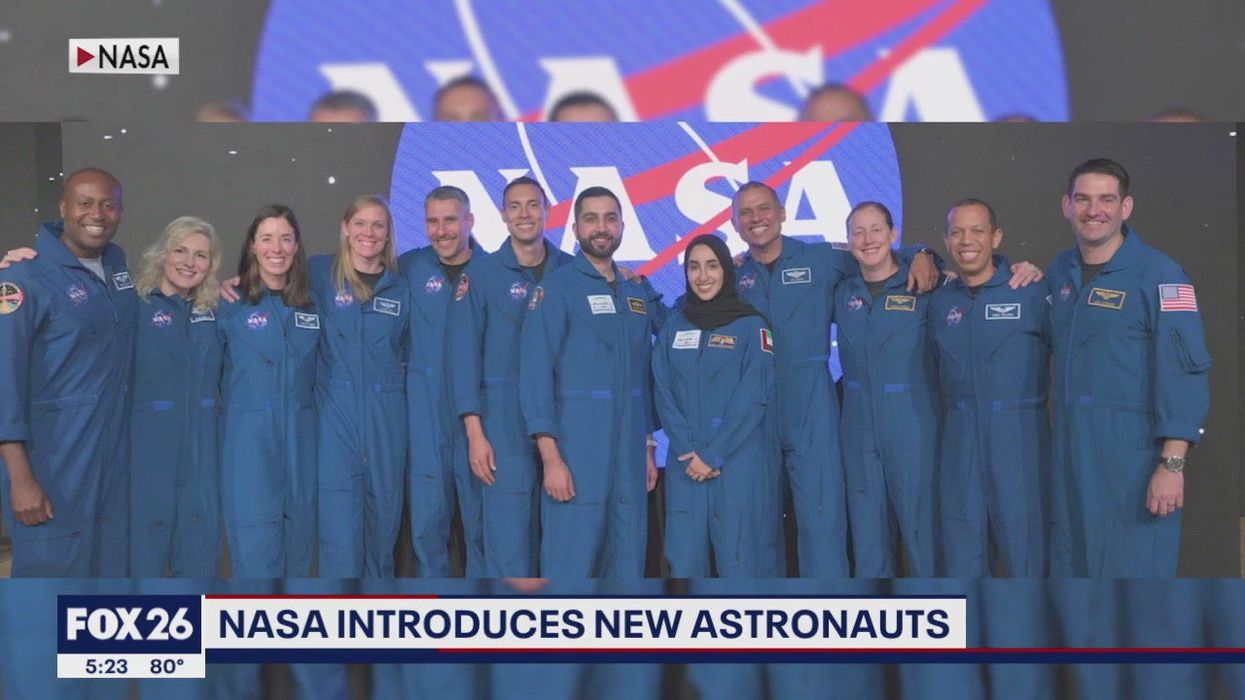Catherine Shuttleworth
Mar 10, 2024
NASA introduces new astronauts
Fox - 26 Houston / VideoElephant
Ever wanted to be an astronaut? Well now is the perfect time to make that dream come true, as NASA has just opened the call for its next class of astronauts.
It won't be easy though, the last callout saw 12,000 applicants. However, NASA doesn't want to put anybody off applying, saying they want the widest possible range of people, and actively encourage a high number of applicants.
However, there are some requirements.
First of all, you need to be a US citizen. Secondly, you need a master's degree or equivalent in a STEM field. However, this can also be met if you are a pilot or medical doctor, or if you're doing two years of work towards a PhD in a STEM field.
On top of both of these requirements, you also need three years of related professional experience. Finally, you need to pass the NASA long-duration flight astronaut physical.
Discussing the recruitment process, NASA's Astronaut Selection team said they're looking for people who can demonstrate leadership, teamwork, and communication skills.
“We are looking for folks that definitely have strong technical skills. That's a given if you're going to come and be in this role for NASA. But we're also looking for folks who have a bit of a multidisciplinary background. So folks that have done a lot of things not just in their work experiences, but their life experiences,” NASA Astronaut Selection Manager April Jordan previously told IFLScience.
Eventually, a small number will be invited to NASA for further assessments.
But it's not just down to an individual's skill. Once the selection is narrowed down, the focus turns to making a class of astronauts who work well in a team and can endure challenges together.
Successful candidates "will learn how to live and work on the space station. In addition to that, they'll learn the fundamentals of robotics, how to manipulate an arm that's huge and moves really slowly. It's not like a video game. So we teach them how to combine those visual and hand coordination elements, and the different cameras that you might have,” Cassie Rodriquez - Chief Training Officer for human spaceflight operations and Spacecraft Communicator at Mission Control based at NASA Johnson Space Center - told IFLScience.
“Then they'll also learn EVA [extravehicular activity]. This is where they'll go into the neutral buoyancy lab, the NBL, which is the best environment that we currently have on Earth to simulate what it's like to be in a spacesuit floating in space. The EVA training is probably one of the hardest that they get. And then they'll also learn how to fly jets.”
So if you think you meet the requirements, make sure to get you're applications in before April 2!
Sign upto our free Indy100 weekly newsletter
Have your say in our news democracy. Click the upvote icon at the top of the page to help raise this article through the indy100 rankings.
How to join the indy100's free WhatsApp channel
Top 100
The Conversation (0)














